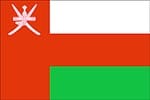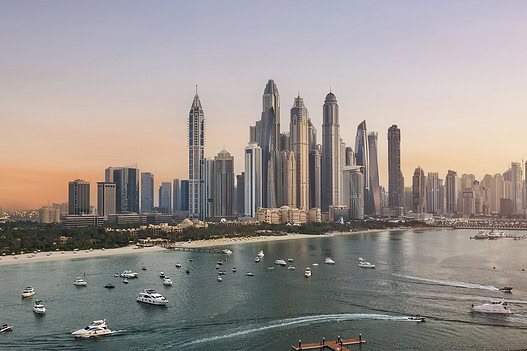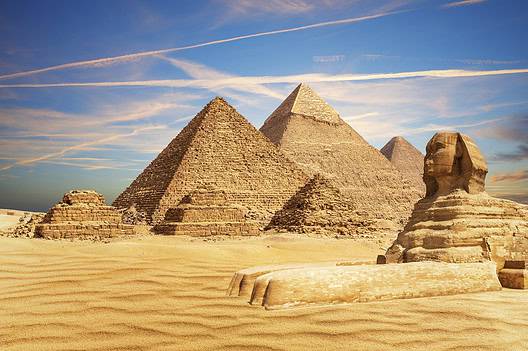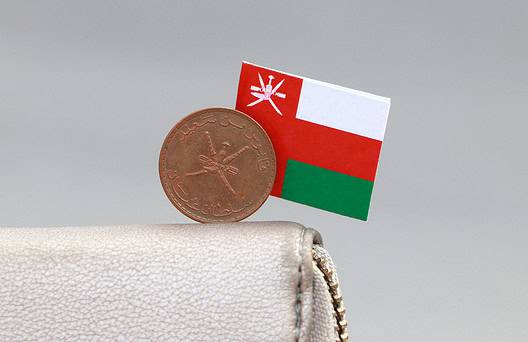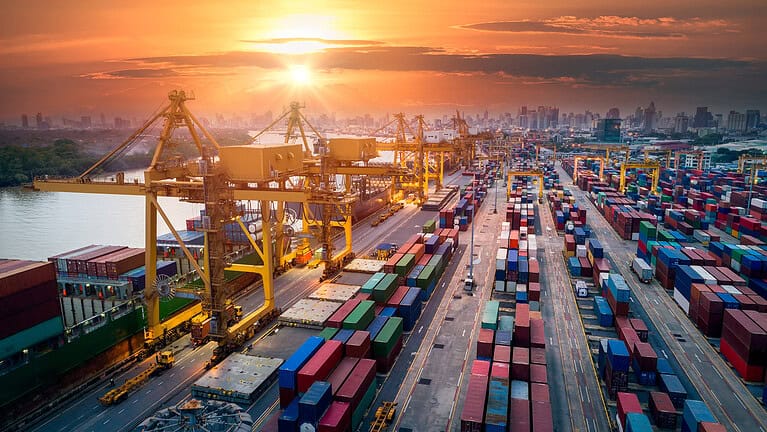Includes historical data for Oman’s Gross Domestic Product growth, debt-to-GDP ratio and more, as well as information on trade, banking and financial sector leadership.
A Calm Oasis Amid The Middle East’s Chaos
Guided by the foreign policy principle “Friends of all, enemies of none”, the Sultanate of Oman is often often characterized has a haven of peace in a turbulent region. Despite its heavy reliance on revenues from oil and gas, Oman is actively striving to expand its economic base and diversify its revenue streams, with a particular focus on sectors such as manufacturing, technology, and tourism, among others.
To this extent, this nation of fewer than 5 million is also developing incentives for foreign investors, including tax benefits and labor incentives. Against the backdrop of the country’s political stability and positive macroeconomic environment, however, Oman still faces challenges, including vulnerability to global energy price fluctuation, dependence on foreign workers and a significant debt burden.
Macroeconomy & Sovereign Data
| Type of Government | Absolute monarchy |
|---|---|
| Capital | Muscat |
| Sovereign Ratings |
S&P: BB+ Moody’s: Ba1 Fitch Ratings: BB+ |
| Total Population | 5.2 million |
| Median Age | 29.5 |
| Adult Per Capita Income (PPP) | 50,369.87 |
| Total GDP (2023) | 108.9 billion |
Oman GDP & Economic Overview
Most Recent Content
Oman
Banking & Finance
Trade & Investment
| Total Exports | USD 40.1 billion (2023) |
|---|---|
| Leading Exports |
Crude Petroleum Natural Gas Refined Petroleum Fertilizers Semi-Finished Iron |
| Total Imports | USD 88.9 billion (2022) |
| Leading Imports |
Refined Petroleum Cars Iron Ore Milk Iron Pipes |
| Source: | World Integrated Trade Solution |
Oman Leading Companies
| Bank Muscat | Financials |
|---|---|
| Bank Dhofar | Financials |
| National Bank of Oman | Financials |
| Petroleum Development Oman | Oil & Gas Exploration & Production |
| OQ Gas | Integrated Oil & Gas |
| Omantel | Telecommunication Services |
| Oman Air | Airlines |
| Oman Cement Company | Materials, Building Products |
Major Trade Partners — Import
| United Arab Emirates | 36% |
|---|---|
| China | 7% |
| India | 7% |
| Qatar | 6% |
| Brazil | 4% |
Source: World Integrated Trade Solution
Major Trade Partners — Export
| Unspecified | 59% |
|---|---|
| United Arab Emirates | 9% |
| Saudi Arabia | 4% |
| United States | 4% |
| India | 3% |
Source: World Integrated Trade Solution
Global Finance Rankings & Awards
Data Sources:
UN World Population Prospects
World Inequality Report
S&P Global Ratings
Moody’s
Fitch Ratings
IMF Direction of Trade Statistics (DOTS)
UN Conference on Trade and Development (UNCTAD)
CIA The World Factbook
World Bank’s World Integrated Trade Solution
Forbes Global 2000
